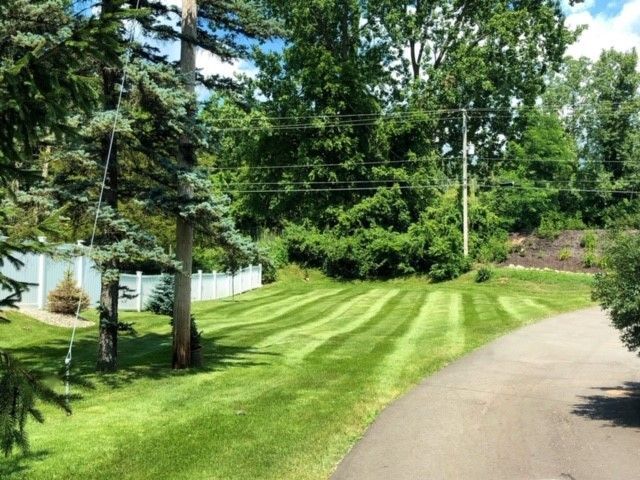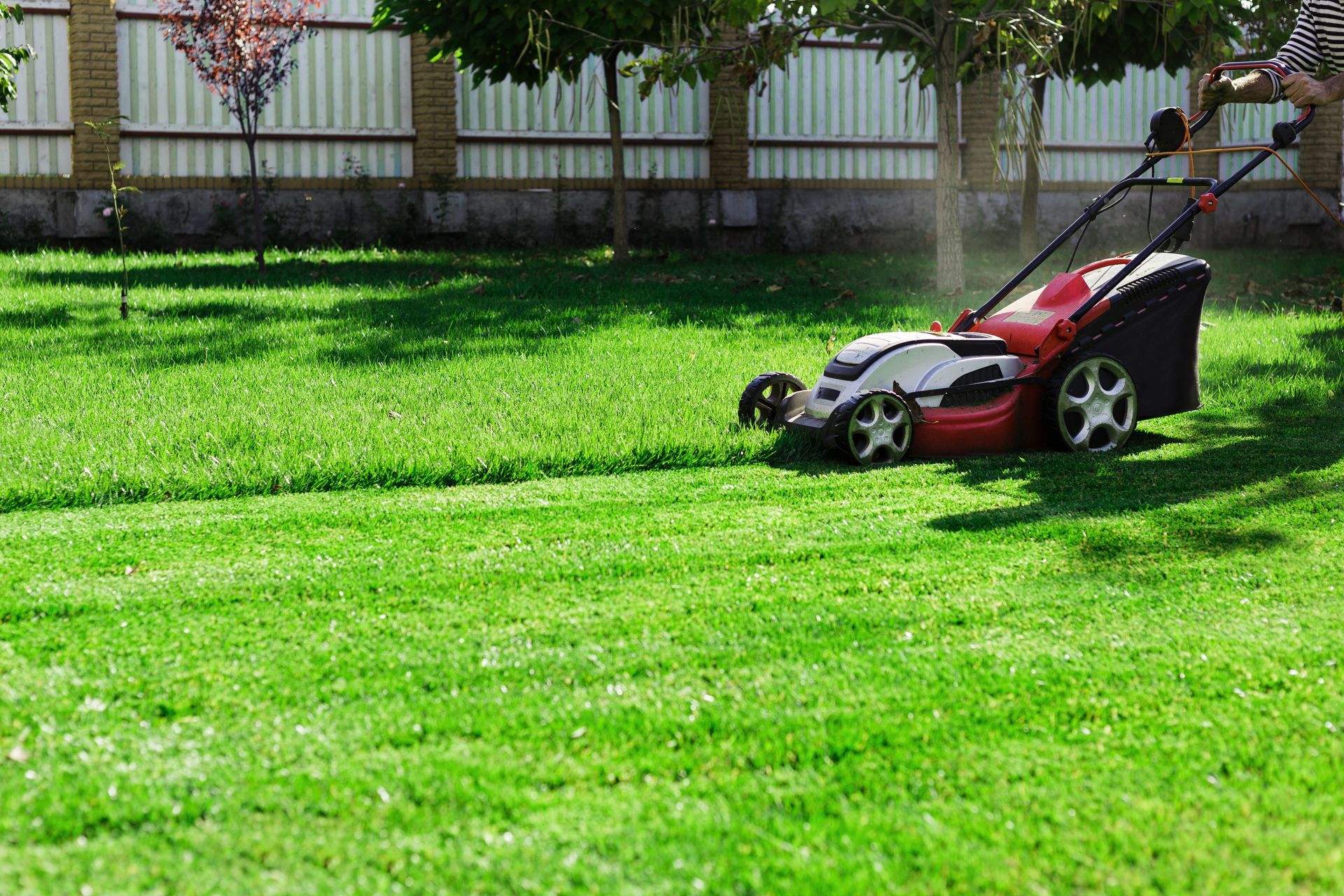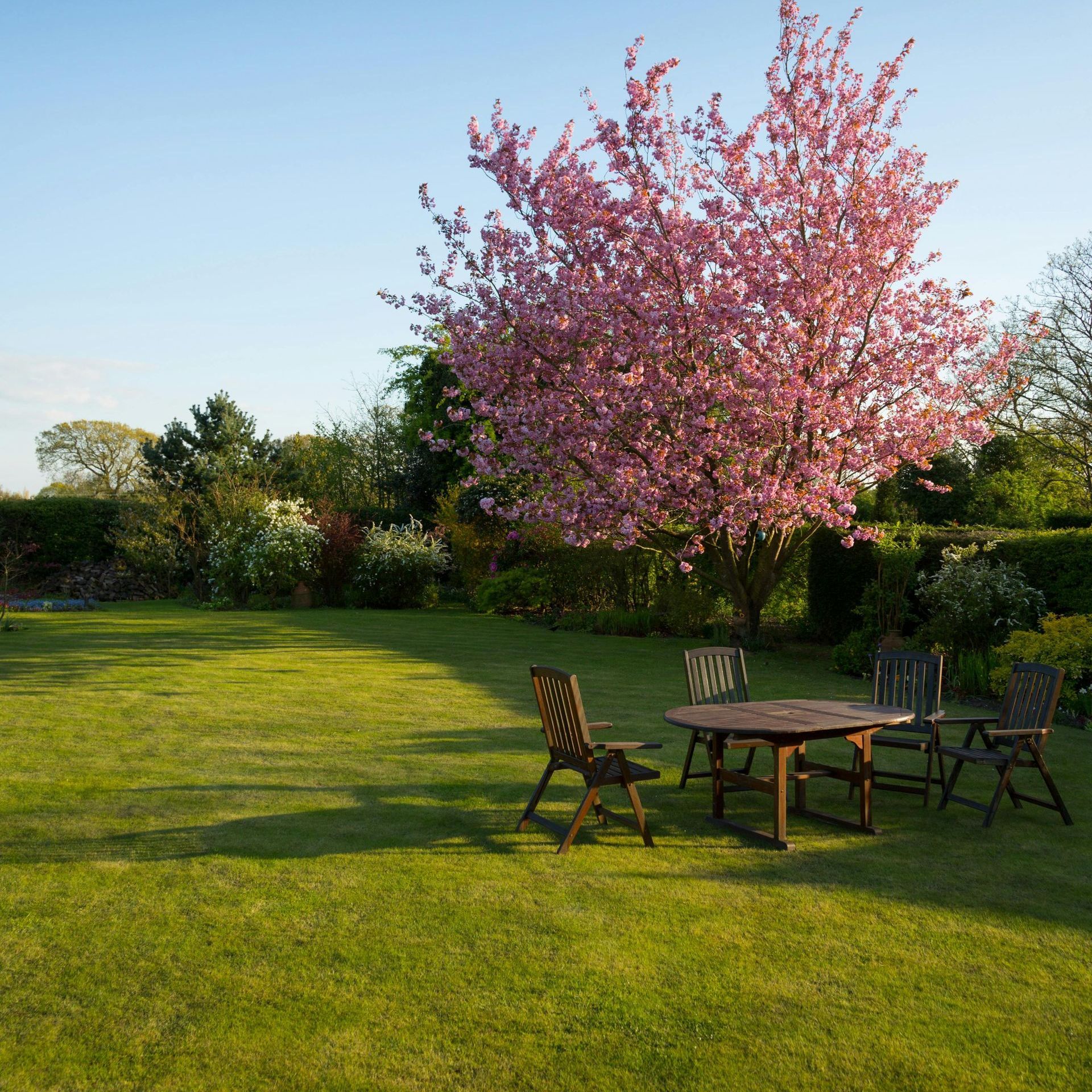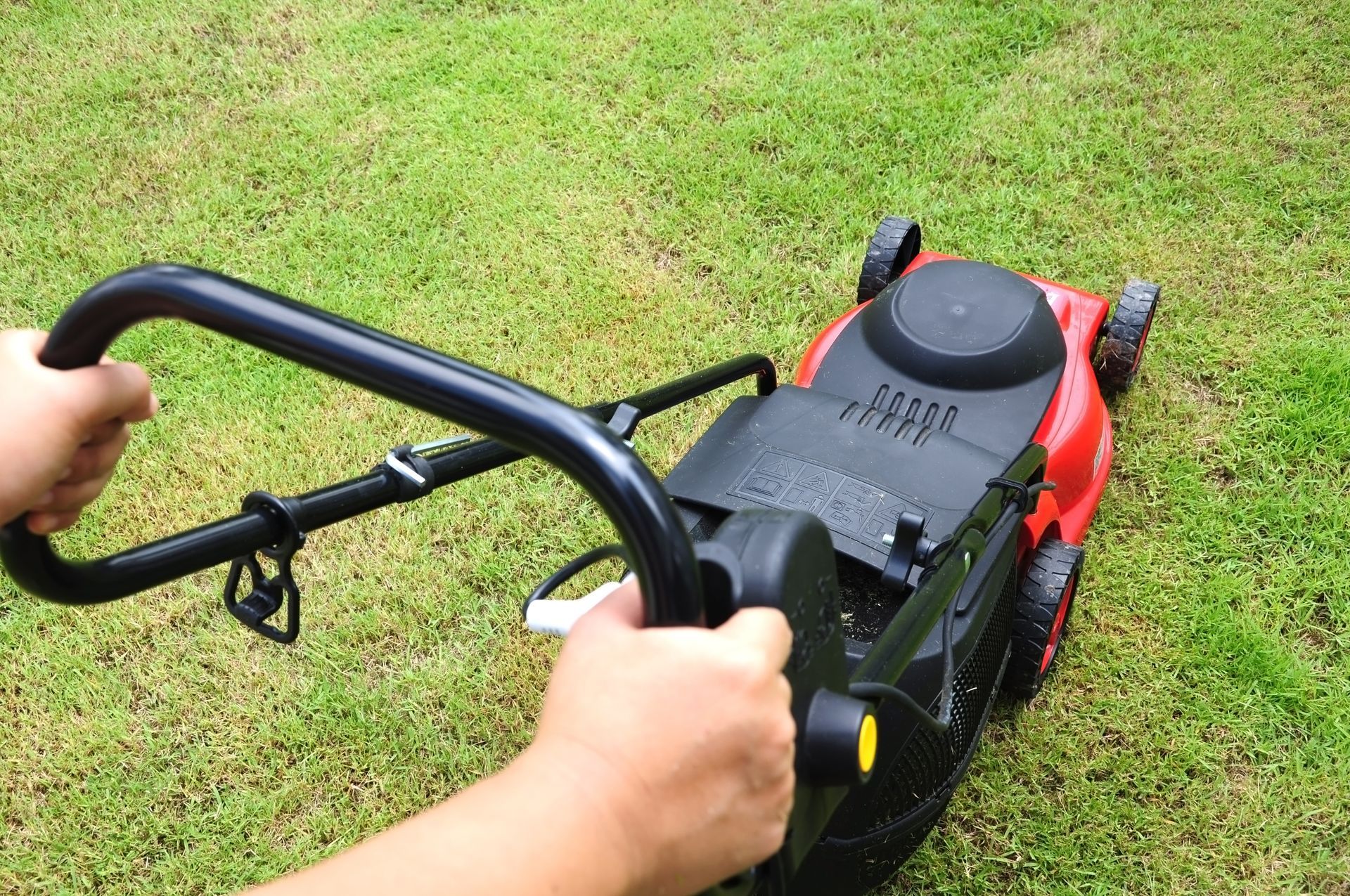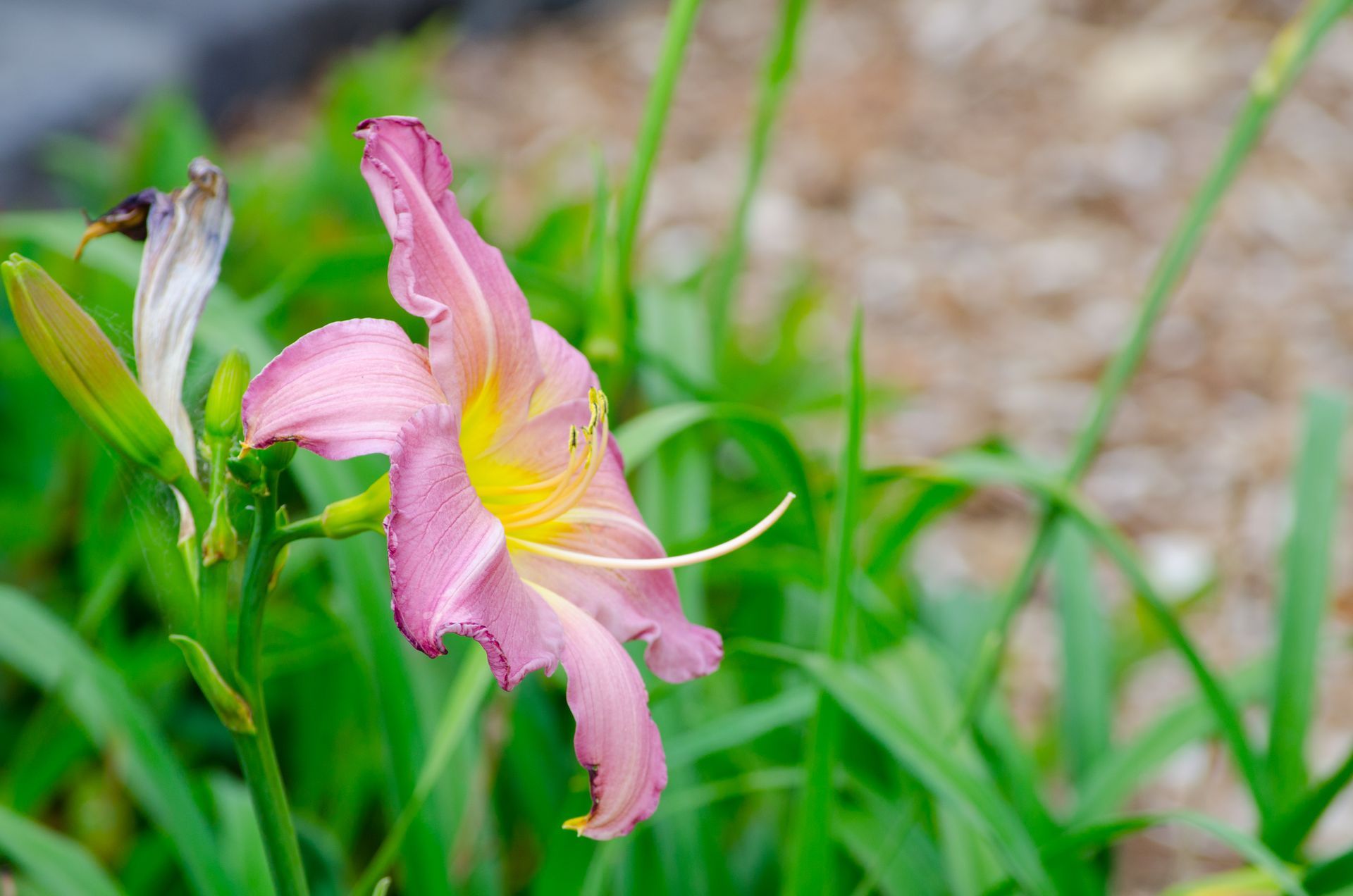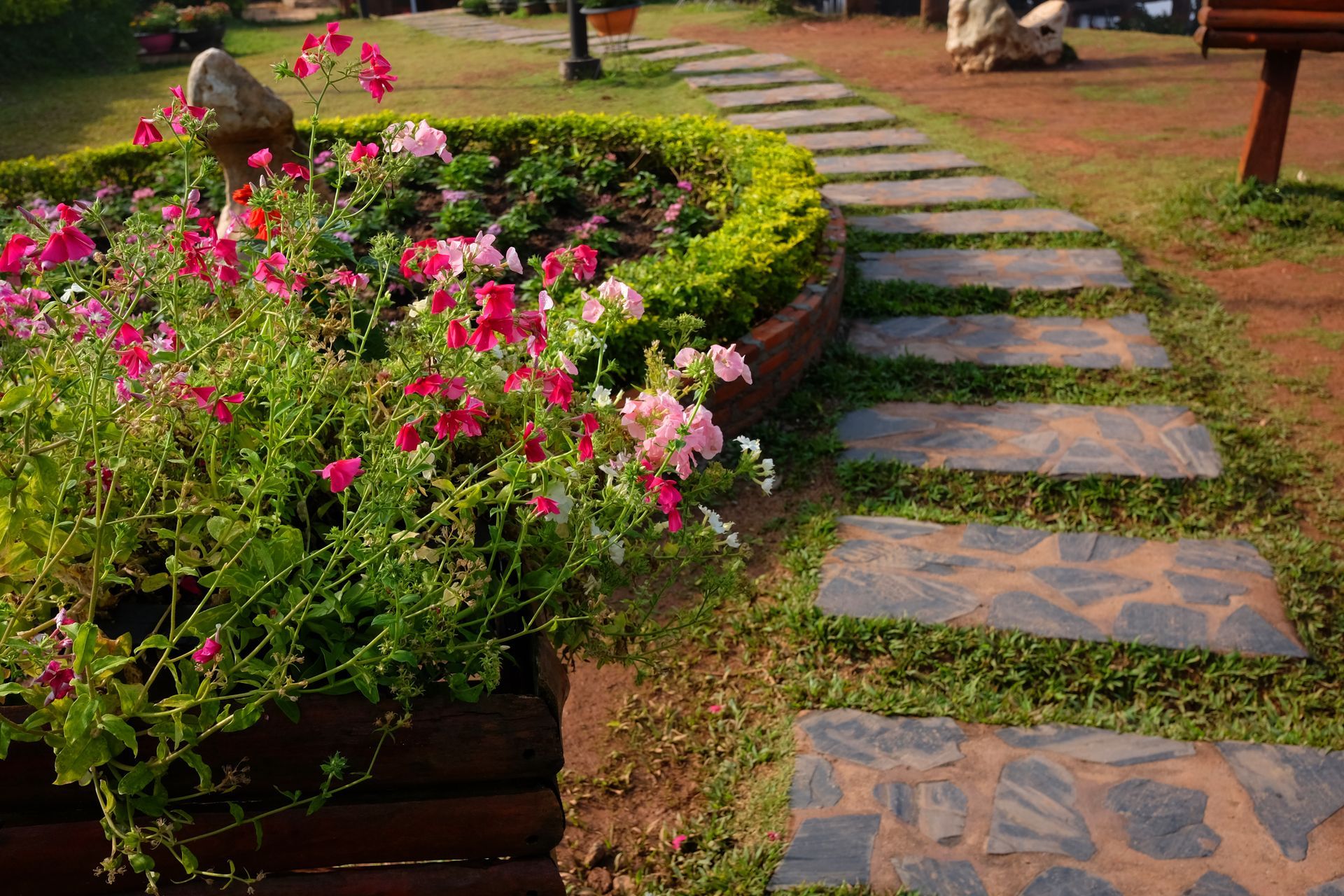MASTER GARDNER LLC
Lawn SOS: Identifying and Solving Common Lawn Problems in Ada, MI
Nothing beats the satisfaction of a flourishing, green lawn for a homeowner. It not only enhances the beauty of your property but also offers a serene space for relaxation and recreation. However, maintaining a perfect lawn can be a challenging task. Various problems can arise, affecting the health and appearance of your lawn. At
Master Gardner, located in Ada, MI, we understand these challenges and are here to help you identify and solve common lawn problems. Our experienced team is just a phone call away at
(616) 366-1552. Let's dive into the most frequent lawn care issues and how to address them effectively.
Brown Patches and Dead Spots
Brown patches and dead spots can be unsightly and often indicate underlying issues. These problems are typically caused by a variety of factors including poor soil quality, lack of water, fungal diseases, or insect infestations.
Causes
- Poor Soil Quality: Compacted soil prevents water and nutrients from reaching the roots.
- Watering Issues: Overwatering or underwatering can lead to brown patches.
- Fungal Diseases: Diseases like brown patch and dollar spot thrive in warm, humid conditions.
- Insect Infestations: Grubs and other lawn pests can damage the roots.
Solutions
- Soil Aeration: Aerating your lawn improves soil quality and allows better water and nutrient absorption.
- Proper Watering: Water your lawn deeply but infrequently, ensuring about 1 inch of water per week.
- Fungicide Treatments: Use appropriate fungicides to treat fungal infections.
- Pest Control: Apply insecticides to eliminate pests, and consider natural predators like nematodes.
Weeds Taking Over
Weeds can quickly invade your lawn, competing with grass for nutrients, water, and sunlight. Dandelions, crabgrass, and clover are just a few examples of the many weeds that can take over a lawn.
Causes
- Thin Grass: Sparse grass allows weeds to take root easily.
- Poor Lawn Maintenance: Irregular mowing and improper fertilization can encourage weed growth.
- Seed Dispersion: Wind, animals, and foot traffic can introduce weed seeds to your lawn.
Solutions
- Regular Mowing: Maintain your grass at a height of about 3 inches to shade out weed seeds.
- Proper Fertilization: Fertilize your lawn appropriately to keep the grass thick and healthy.
- Pre-emergent Herbicides: Use these products in early spring to stop weed seeds from sprouting.
- Manual Weeding: Remove weeds by hand or use a weed puller to ensure the roots are completely extracted.
Thin and Patchy Grass
A thin and patchy lawn can be caused by several factors, including poor soil conditions, lack of nutrients, and improper mowing techniques.
Causes
- Nutrient Deficiency: Essential nutrients like nitrogen, phosphorus, and potassium might be lacking.
- Improper Mowing: Cutting grass too short stresses the plants and can lead to thinning.
- Soil Compaction: Compacted soil restricts root growth and water absorption.
Solutions
- Fertilization: Use a balanced fertilizer to provide essential nutrients.
- Correct Mowing: Avoid cutting more than one-third of the grass blade at a time.
- Overseeding: Spread grass seed over thin areas to thicken the lawn.
- Aeration: Aerate your lawn to relieve soil compaction and improve root growth.
Lawn Discoloration
Discoloration in your lawn can range from yellowing to dark green patches and is often a sign of nutrient imbalances, pest issues, or disease.
Causes
- Nutrient Imbalance: Over or under-fertilizing can cause color changes.
- Pest Damage: Insects like chinch bugs and grubs can cause discoloration.
- Watering Issues: Both overwatering and underwatering can lead to color changes.
Solutions
- Soil Testing: Analyze your soil with a test to understand its nutrient content and acidity.
- Balanced Fertilization: Apply fertilizer according to the soil test results.
- Pest Control: Identify and treat pest infestations promptly.
- Proper Watering: Adjust your watering schedule to ensure your lawn receives adequate moisture.
Moss and Algae Growth
Moss and algae can invade lawns, particularly in shaded, moist areas. They can make the lawn look unkempt and compete with grass for nutrients.
Causes
- Excess Moisture: Overwatering and poor drainage create ideal conditions for moss and algae.
- Shade: Lack of sunlight prevents grass from growing, allowing moss and algae to thrive.
- Soil Acidity: Acidic soil can encourage moss growth.
Solutions
- Improve Drainage: Address drainage issues to reduce excess moisture.
- Adjust Watering: Water less frequently in shaded areas.
- Increase Sunlight: Trim trees and shrubs to allow more sunlight to reach the lawn.
- Lime Application: Apply lime to increase soil pH and reduce acidity.
Partner with Master Gardener for a Thriving Lawn
At
Master Gardner, we understand that maintaining a beautiful lawn requires time, effort, and expertise. Whether you're dealing with brown patches, weed infestations, or other lawn problems, our team of professionals is here to help. Contact us at
(616) 366-1552 to schedule a consultation and let us bring your lawn back to life. From basic maintenance to in-depth treatments, we have the lawn care services you need to achieve your dream lawn. We offer
lawn maintenance and
landscaping; for the winter, we have
salting services and
snow plowing. Don't let lawn problems get you down—let Master Gardner take care of your lawn so you can enjoy a lush, green oasis.
FAQs
How often should I water my lawn?
It's best to water your lawn deeply but infrequently. Aim for about 1 inch of water per week, including rainfall. Watering early in the morning helps reduce evaporation and prevents fungal diseases.
Is there a perfect cutting height for my lawn?
Maintain your grass at a height of about 3 inches. This height helps shade out weed seeds and promotes deep root growth, making your lawn more resilient to drought and pests.
How can I prevent weeds from growing in my lawn?
Regular mowing, proper fertilization, and the use of pre-emergent herbicides can help prevent weeds. Keeping your grass thick and healthy also reduces the chances of weeds taking root.
When is the best time to fertilize my lawn?
Spring and fall are the prime windows for lawn fertilization, aligning with your grass's growth cycle. A balanced fertilizer applied during these times supports healthy growth and prepares your lawn for the stress of summer and winter.
How often should I water my plants?
Overseeding is a great way to thicken your lawn and achieve a uniform green carpet. Spread grass seed over the thin areas, and keep the soil moist until the new grass establishes. Aeration and proper fertilization can also help improve the overall health of your lawn.
